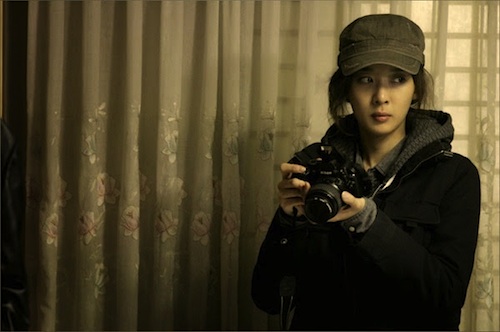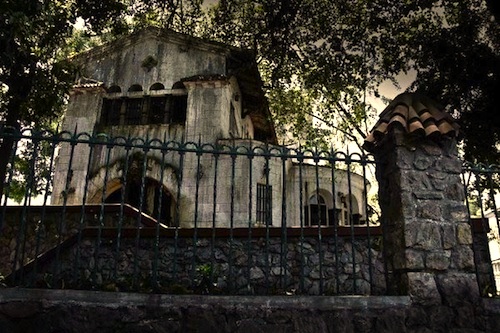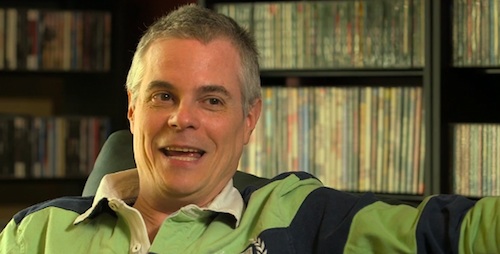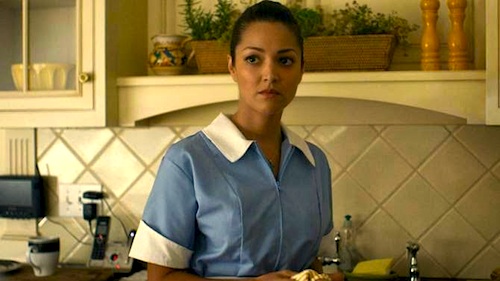By Joe Bendel. You will never find a collegiate sports program less tainted by agents and money than the Xinjiang University baseball team. It is the only area of the highly segregated campus where Uyghurs and ethnic Han Chinese freely mix. They could not field a team without each other. Christopher Rufo documents the passion for the game that keeps the underdog team together in Diamond in the Dunes, which airs this Sunday on PBS World as part of the current season of Global Voices.
Parhat Arblat might be the best baseball player in the entire Xinjiang province. He is also a member of the Uyghur minority. Despite his soon-to-be-completed university education, his future remains uncertain. He is far more likely to return to shepherding than field an offer from the Yankees, or even our beloved Mets. Although he might be a comparatively okay player, he unfortunately appears to be getting played by his childhood sweetheart.
Nevertheless, he emerges as a leader on the field, teaching the younger players how to play the game and conduct themselves in life, as they train for their one big annual game with a Tibetan University. Yes, Arblat and his Xinjiang teammates are the boys of one single summer day. They practice all year to face their nearest rivals, one thousand miles away—a thirty hour train journey. That is commitment.
The irony of an American game bringing together Xinjiang’s fractious ethnic groups is not entirely lost on the players. Frankly, the broadcast cut of Diamond could have played up the unifying power of sportsmanship more, because it is quite compelling. Rufo also seems to deliberately de-emphasize the Uyghurs’ Muslim faith, portraying the regions’ differences in largely racial and cultural terms.

Still, the extent and severity of Xinjiang segregation exposed in the film is truly mind-boggling. The fact that Communist China gets a pass from professional protestors and NGOs constitutes sheer hypocrisy. Indeed, the film serves as an indirect indictment of the western media’s coverage of China. Remember all the coverage of the 2009 Ürümqi riots? Exactly.
Arblat is an enormously sympathetic POV figure, so it is nice that Rufo can balance some hopefulness with the hardscrabble realities of his provincial Xinjiang life. While the broadcast edit feels noticeably abbreviated, it still makes rewarding viewing. Recommended for baseball fans and China watchers, Diamond in the Dunes airs on PBS World this Sunday (8/10).
LFM GRADE: B
Posted on August 8th, 2014 at 2:01pm.





